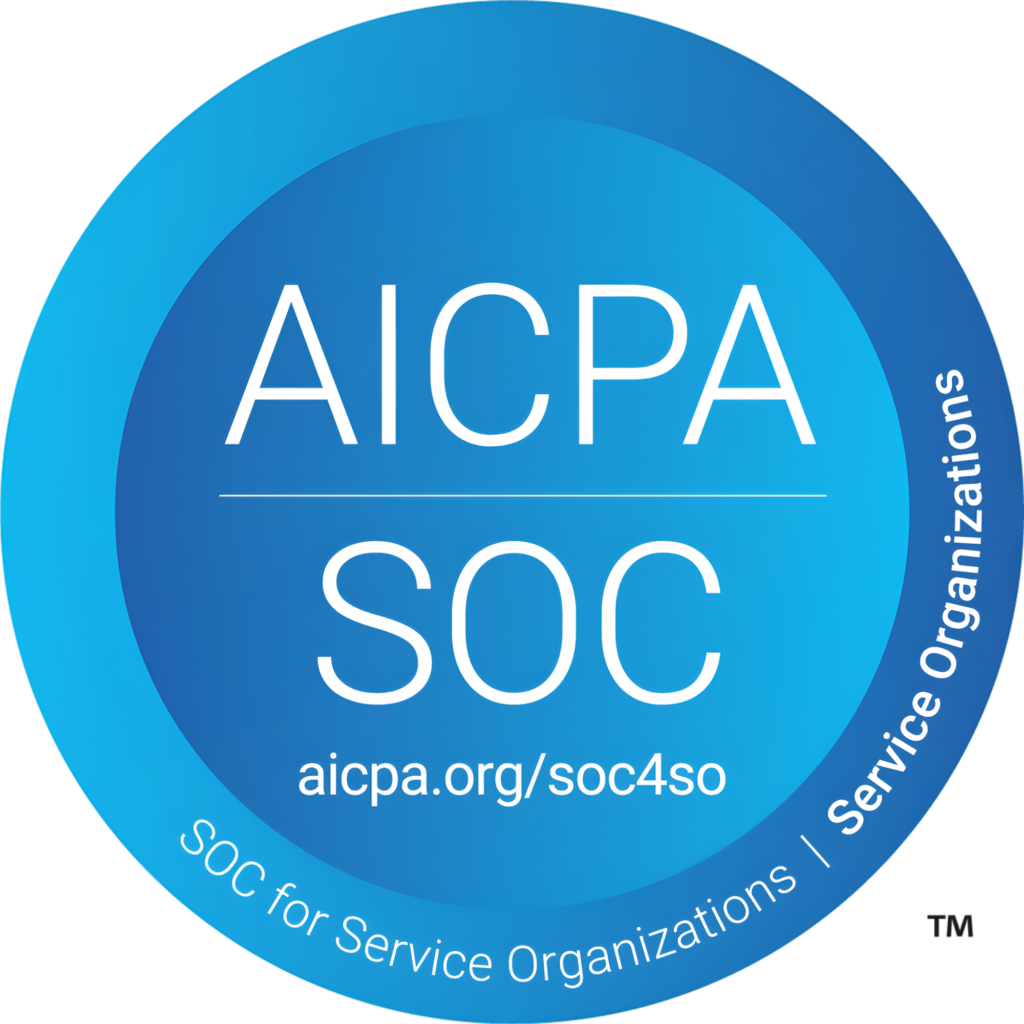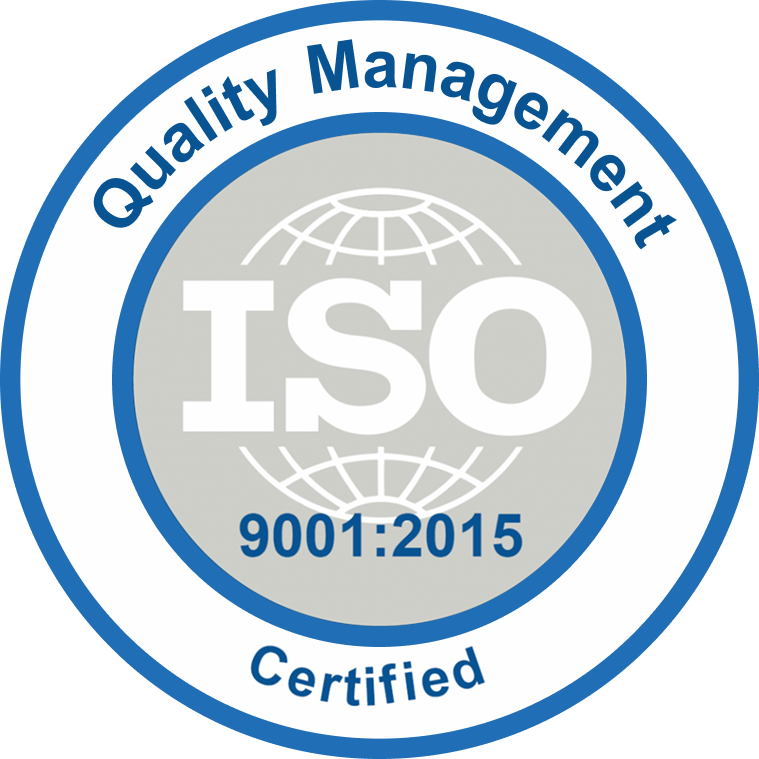As part of your migration journey, you probably have plenty of questions popping into your mind. Whether you’re in the early stages of planning or already underway, having clear insights can make all the difference.
So, we’ve compiled answers to the most frequently asked questions about migrating from Slack to Microsoft Teams. Either considering the transition or already in the process, these insights will help you navigate your Microsoft 365/Office 365 journey with AVAMIGRATRON
Inventory
1. Is there a solution to retrieve Slack workspace inventory and migrate it to Teams?
Yes, AVAMIGRATRON facilitates easy retrieval of Slack workspace inventory and seamless migration to Microsoft Teams. It provides both high-level and detailed inventory reports, allowing you to manage migration according to their needs.
2. What is inventory?
Inventory summarizes all data, information, files, attachments, and content within the Slack workspace.
Continue Reading
3. Is there any option to take inventory for specific chats and channels?
Yes, AVAMIGRATRON offers options for comprehensive inventories covering all channels and chats (full inventory), as well as specific channels and chats (custom inventory).
4. Will the Slack subscription plan affect data acquisition or inventory?
No, AVAMIGRATRON can retrieve data regardless of your Slack subscription plan—Free, Paid, or Standard Plus. Enterprise plans have dedicated tools for comprehensive solutions.
5. Are there any levels or options that I can opt for to get the Slack workspace inventory?
Yes, you can opt for High-level inventory, Full inventory, or Custom inventory based on their requirements and subscription plans.
6. Can we take inventory if the user is not the Workspace Owner or Admin?
Yes, you can retrieve inventory even if the user is not the Workspace Owner or Admin.
7. Will user credentials be required to take inventory of Slack channels and chats?
No, AVAMIGRATRON fetches details of all public Slack channels without user credentials. For private channels and chats (Direct Messages and Multiparty Messages), user verification is necessary.
Migration
1. How does the channel migration work?
- Direct migration: Teams and channels are created in Teams using the source channel’s name, with content migrated accordingly.
- Custom migration: Channels can be mapped to existing Teams or their channels, streamlining content migration.
2. What is the difference between the MS Teams Standard API and the MS Teams Import API migration Approach?
MS Teams Import API Approach:
- Migrates Slack channel conversation with actual Slack message timestamps.
- Non-mapped Slack users’ conversations are migrated using Teams Service Account.
- Faster migration suitable for specific public or private Teams and Channels.
MS Teams Standard API Approach:
- Migrates Slack channel conversation on behalf of Teams Service Accounts.
- Migrates messages into new or existing Teams and Channels.
- Subject to throttling due to API constraints.
3. Will user credentials be required for channel migration?
For MS Teams Import API Approach, user credentials are not mandatory; user mapping suffices. For Standard API Approach, migration uses the primary service account linking Teams with the tool.
4. Are we able to migrate entire channel messages?
Yes, complete channel messages—including text, emojis, attachments, and links—are migrated to target Teams channels.
5. Can we migrate private Slack channels to private channels in Teams?
Yes, with MS Teams Standard API Approach, private Slack channels can migrate as Teams private channels via custom migration.
6. How does Direct and multiparty migration work?
Direct and Multiparty migration involves mapping existing Teams chats to Slack chats:
- Direct message to Direct chat
- Multiparty message to Group chat
- Direct message to Group chat (Service account migration)
7. Will user credentials be required for Direct and multiparty migration?
Yes, credentials are required for Chat migration to post messages on behalf of users. Alternatively, a service account can migrate data with proper metadata.
8. Can we migrate entire Direct and Group chat messages?
Yes, chat messages, including all content types, are migrated—ensuring seamless communication continuity.
9. Can Slack bot-messages be migrated?
Yes, bot-messages with user-posted replies are migrated—ensuring comprehensive data transfer.
10. How can we assess if the entire data migration was successful?
Data migration success is verified via comprehensive data sheets—detailing message counts and ensuring no missed data during migration.
11. Can Slack Direct & multiparty messages be migrated without sharing credentials?
Yes, you can migrate Direct & multiparty messages using a Service account—mentioning the source username for clarity.
12. Will there be any disruption in workflows during migration?
No, our migration ensures uninterrupted workflow continuity—without any operational disruptions.
13. Why are businesses preferring Teams over Slack?
Businesses favor Microsoft Teams for its integration with Office 365—offering enhanced functionality without additional costs and more storage options for seamless collaboration.
This comprehensive FAQ guide aims to address your key queries about transitioning from Slack to Microsoft Teams using AVAMIGRATRON.
Need more clarity?
Explore our other blogs or contact us directly at sales@avamigratron.com for personalized assistance.

